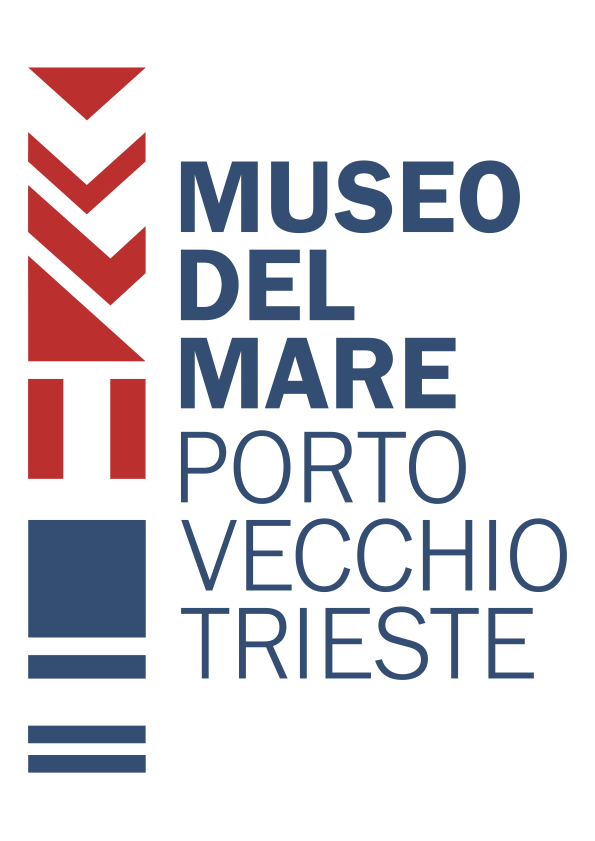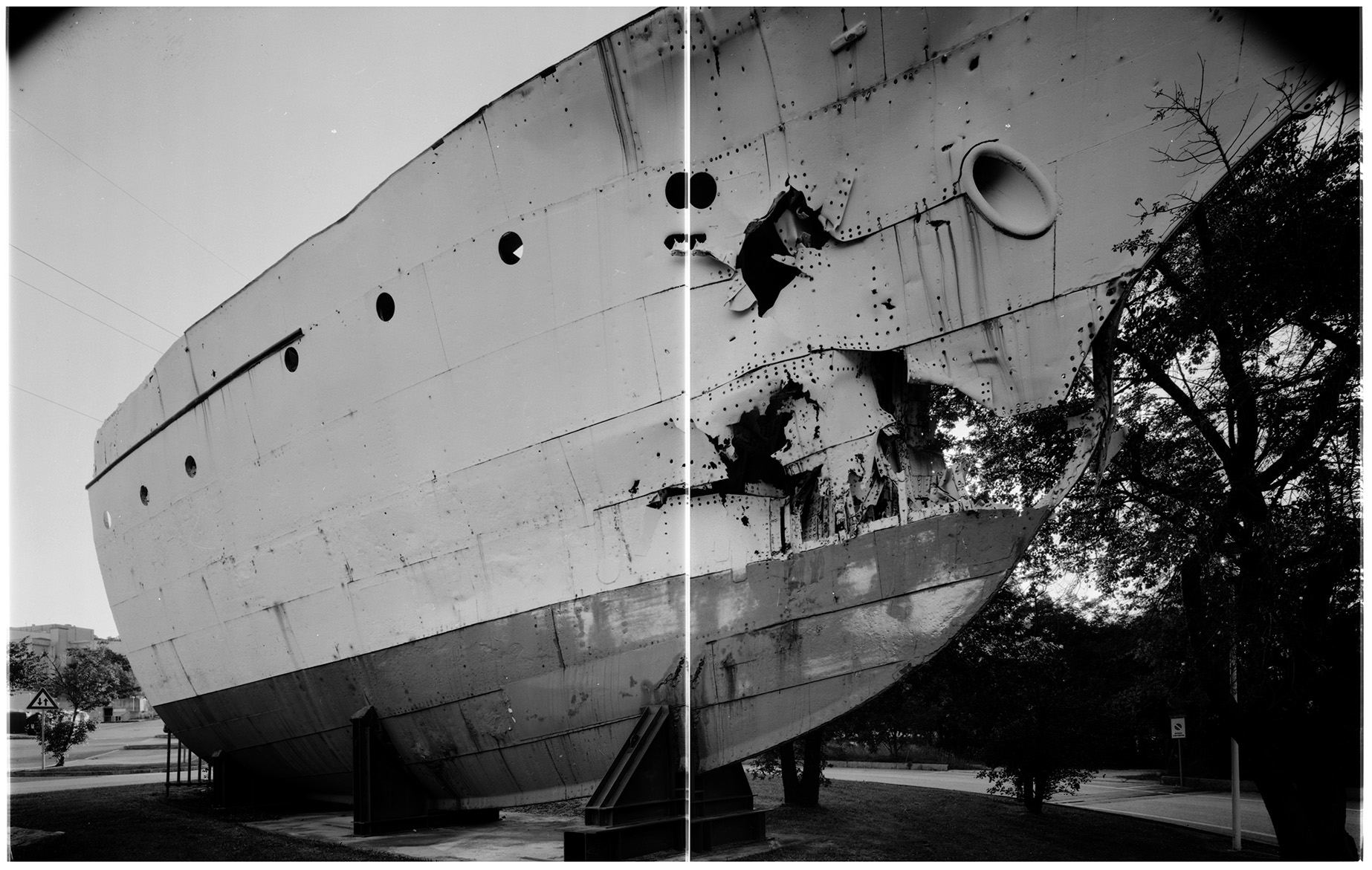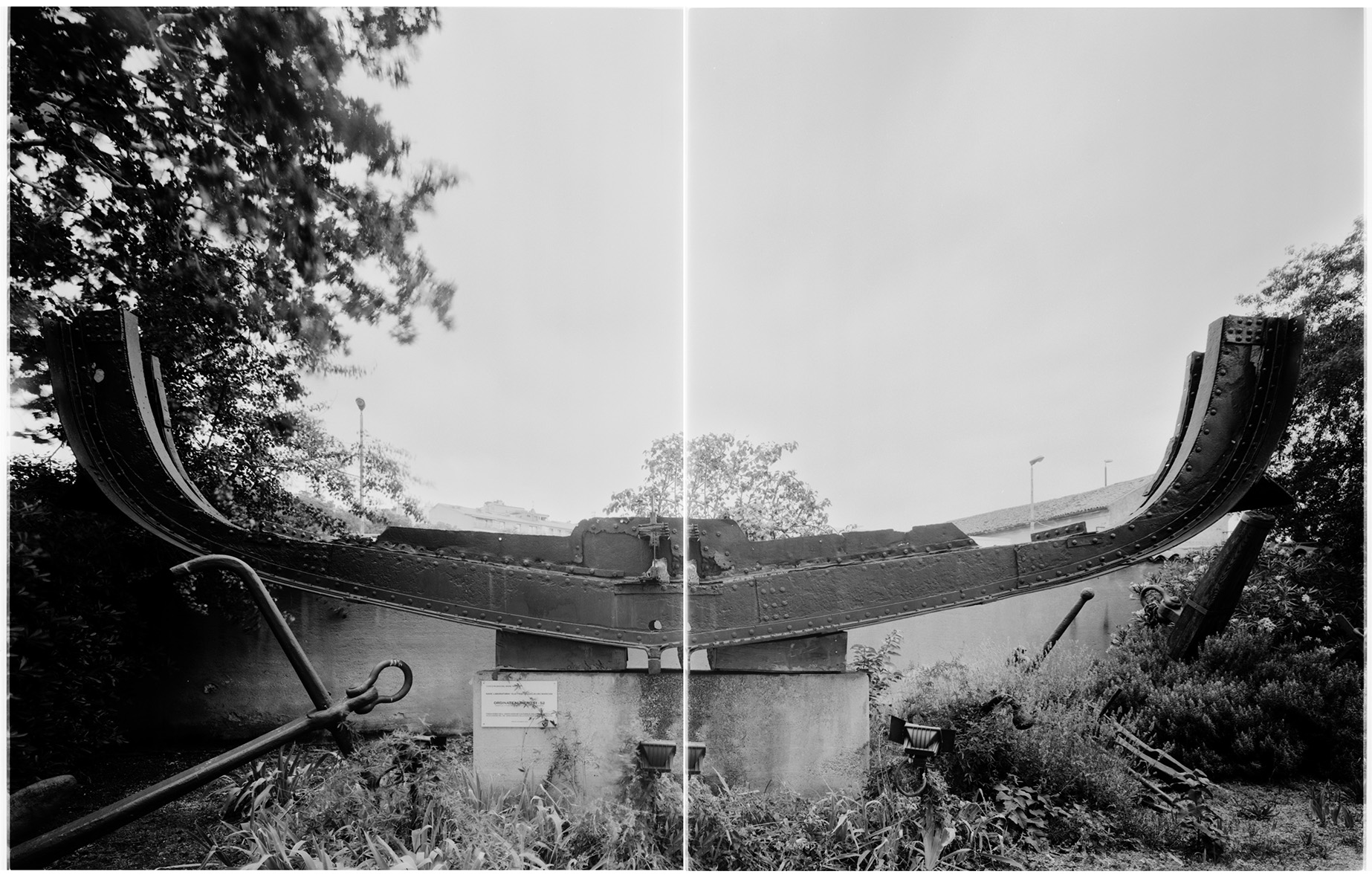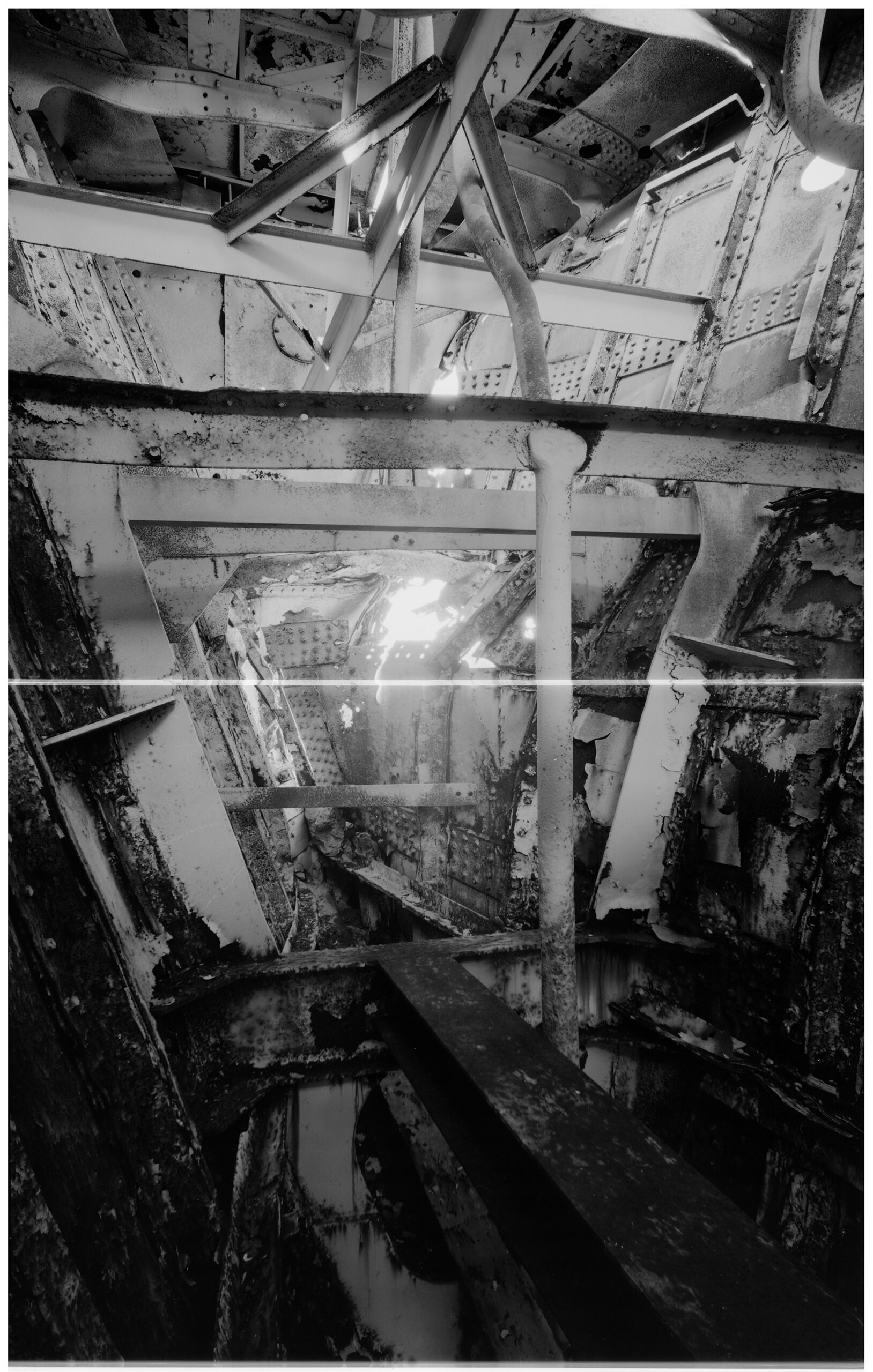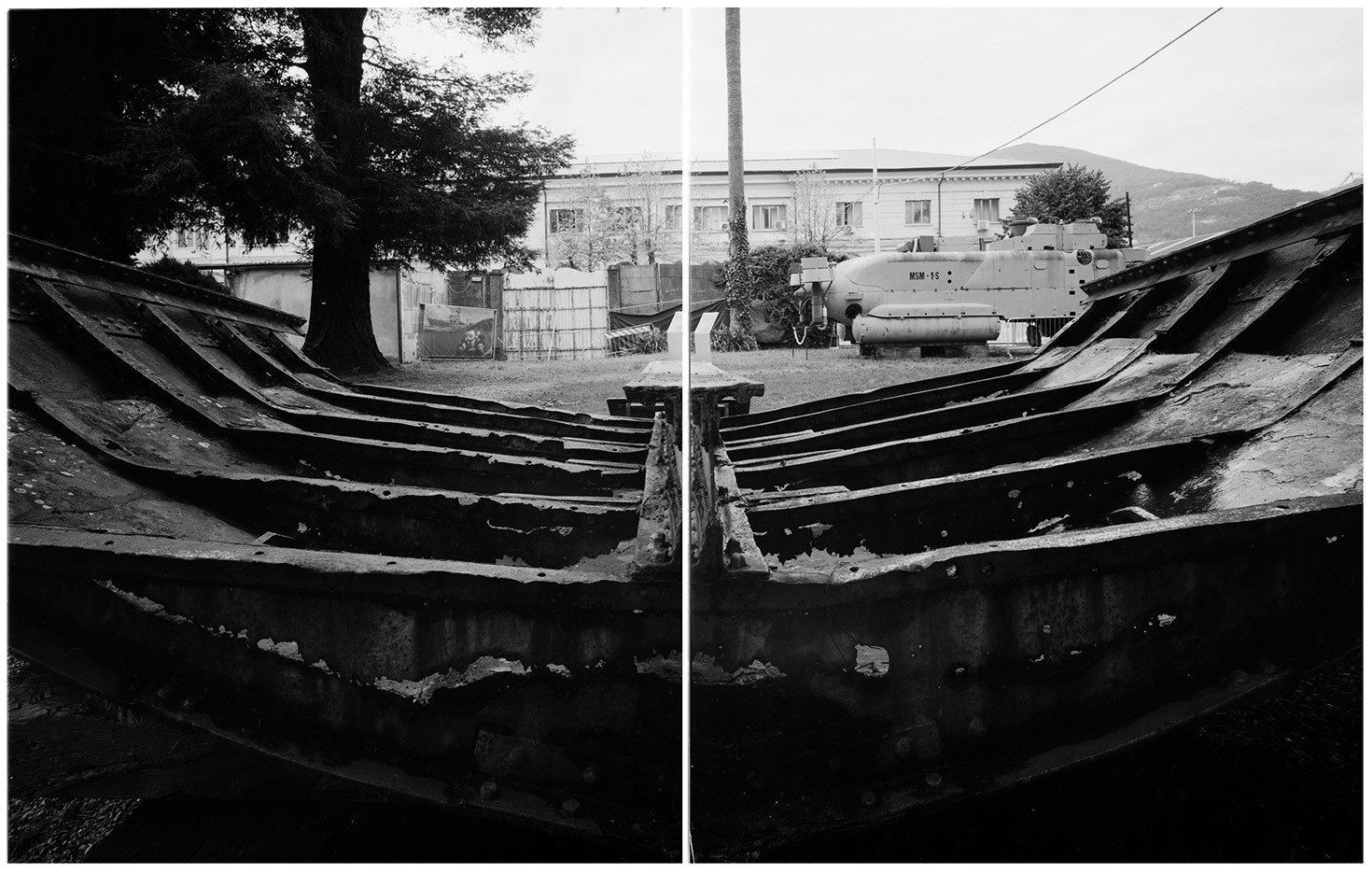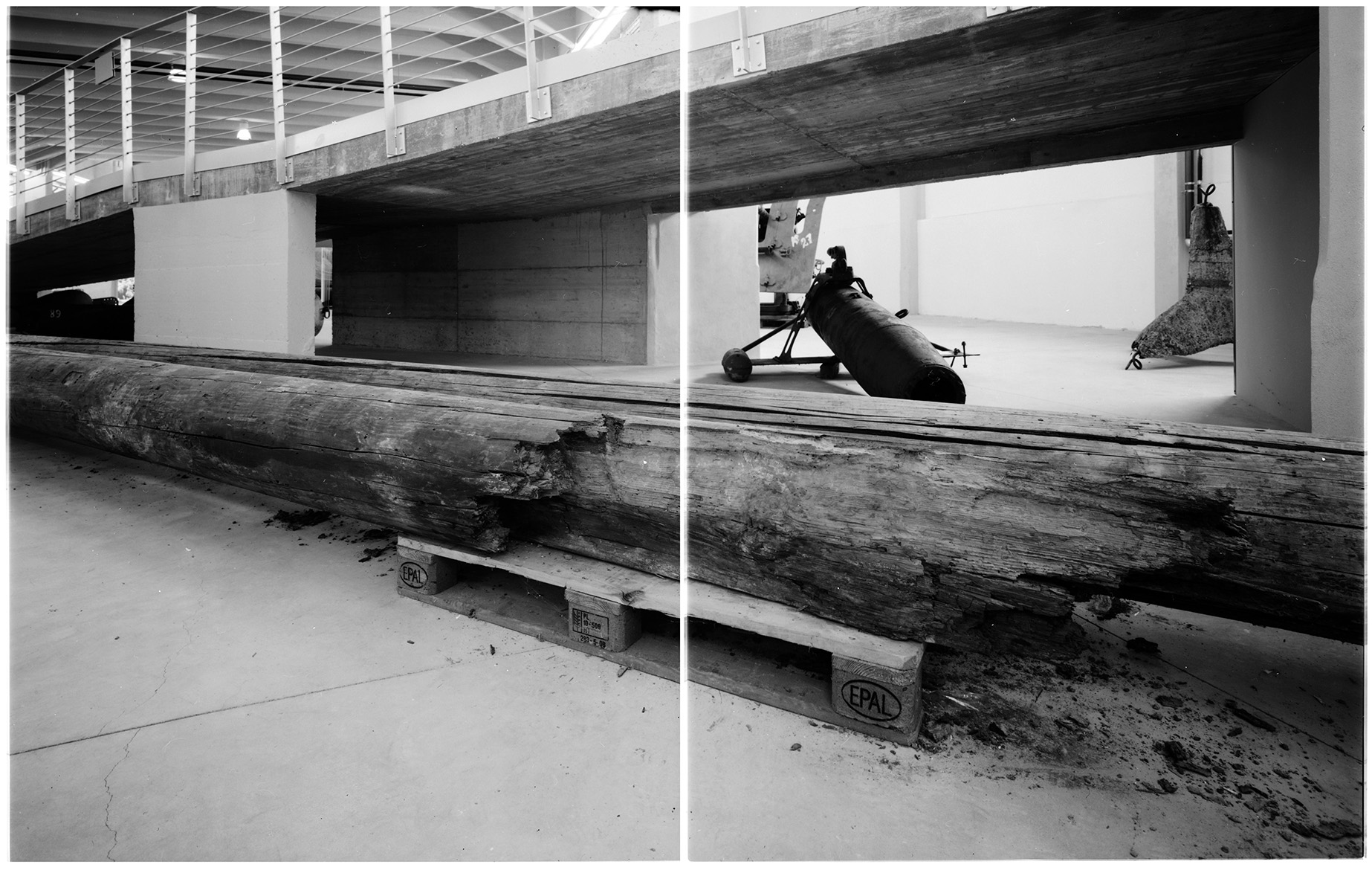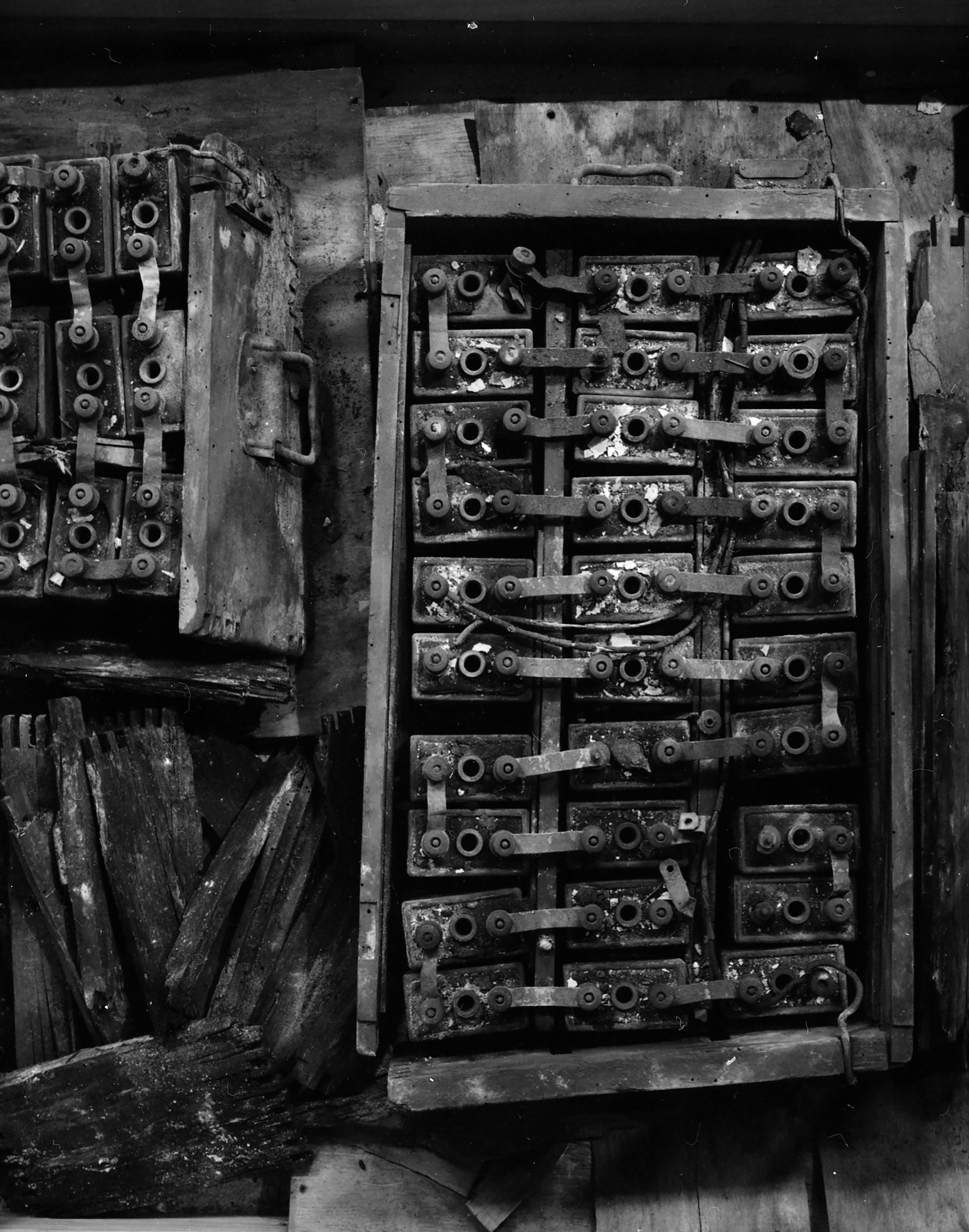Rovenska – Elettra. Memories from the Marconi’s yacht
The yacht Rovenska was launched in Leith (Edinburgh, Scotland) in 1904 by the Ramage & Ferguson shipyard, which specialized in the construction of luxury yachts and had clients from European royal families, on behalf of Archduchess Maria Theresa of Austria Princess of Tuscany.
Maria Theresa was born in Brandýs nad Labem-Stará Boleslav near Prague in 1862. She is the wife of Archduke Karl Stephan von Habsburg-Teschen Habsburg-Lothringen, Admiral of the Austro-Hungarian Imperial Navy, who was born in 1860 in Groß Seelowitz in Moravia, today Židlochovice, near Brno in the Czech Republic.
The archdukes lived mainly in Żywiec (today in Poland), but also had a residence in Vienna and a summer house in Veli Lošinj (today in Croatia), overlooking Rovenska Bay, after which the yacht was named.
From 1904 to 1909, the Rovenska is noted in the Maritime Yearbook, published by the Imperial Maritime Government in Trieste, as being owned by the Archduchess, with the port of Veli Lošinj.
Carlo Stefano ha acquistato anche barche da regata e altri yacht a vapore quali l’Ossero, il Waturus e l’Ul, quest’ultimo fatto costruire da Ramage and Ferguson nel 1911.
Il Rovenska viene venduto nel 1910 a Sir Max Waechter, uomo d’affari originario di Stettin (all’epoca in Germania, oggi Szczecin in Polonia) naturalizzato inglese.
in 1914, Sir Waechter sold the Rovenska to Gustavus Pratt, the owner of Cox & King, the London and Wivenhoe, Essex-based company that specialised in the design, storage and brokerage of luxury yachts, the same company that had designed the Rovenska in 1904. The subsequent buyer was the Royal Navy. Armed with two 12-pounders, she was used as a patrol ship and minehunter in the English Channel and the North Sea during the Great War.
After the end of the war, the Rovenska was auctioned off and acquired by Guglielmo Marconi in 1919, who used it as a travelling laboratory for his experiments until his death in 1937. Purchased by the Ministry of Communications, the yacht was first moored in La Spezia and then moved to Trieste in 1940.
In January 1944, the Elettra, then part of the German Navy’s Adriatic Fleet, was spotted by the Allied air forces north of Zadar in Diklo Bay. After a few hours, she was hit again by a British aircraft squadron. She remained on the shallow bottom of the bay, half-sunk, where she was soon stripped of everything that could be salvaged.
In the late 1950s, negotiations began between the Italian and Yugoslavian governments regarding the return of the wreck to the Ministry of Postal Affairs. in 1962, the wreck was brought back to the surface and towed to the San Rocco shipyard in Muggia. In the meantime, the navy was commissioned to plan the reconstruction of the ship as a monument or museum. in 1973, the hull was drained so that the technical studies necessary for planning the reconstruction could be carried out, but the cost estimates exceeded the available funds and the work was not started. In 1977, it was finally decided to dismantle the wreck under the direction of the sculptor Marcello Mascherini. In the following years, parts of the Electra were placed in various locations, currently:
- the stern in the area adjoining the Telespazio Museum, Fucino Plain, Ortucchio (AQ);
- the engine apparatus in the Ships Pavilion of the Naval Historical Museum in Venice;
- the steam dynamo in the Museo Storico della Comunicazione in Rome;
- seven hull frames at the Naval Technical Museum in La Spezia;
- six hull frames are at Villa Griffone, Guglielmo Marconi Foundation, Pontecchio Marconi (BO);
- a portion of the side is in the offices of Poste Italiane in Mestre, Venice.
- In Trieste:
- the Bilge Pump and some portholes in the Telegraph and Postal Museum of Mitteleuropa;
- main masts and six ribs in the de Henriquez Museum;
- a mast in St. John’s Park;
- the prow at Area Science Park of Padriciano;
- two hull frames and an anchor at the former Trieste Maritime Museum in Campo Marzio.
The photos by Primoz Bizjak juxtapose black-and-white images of different segments of the hull of the yacht Elettra, photographed where they are now placed as monuments in public or museum spaces.
